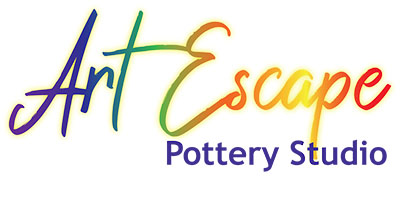How Pottery Lessons Enhance Understanding of the Periodic Table
Pottery is often celebrated for its artistic expression and creative potential, but its educational value extends far beyond the realm of art. In fact, pottery offers a unique opportunity for students to delve into the world of chemistry and gain a deeper understanding of the elements of the periodic table. With the guidance of a skilled pottery teacher, students can explore the properties of different clay materials, uncover the chemical compositions of glazes, and discover the fascinating connections between pottery and chemistry.
The Chemistry of Clay: At the heart of pottery lies clay, a versatile material composed of various minerals and compounds. Clay minerals, such as kaolinite, illite, and montmorillonite, form the building blocks of clay bodies and play a crucial role in shaping their properties. By studying the composition and structure of clay minerals, students can learn about the chemical elements present in clay and how they contribute to its plasticity, strength, and firing characteristics.
Understanding Glaze Chemistry: Glazes add color, texture, and protection to pottery surfaces, and their formulations rely on an intricate understanding of chemistry. Glazes are composed of a variety of materials, including silica, fluxes, and colorants, each of which interacts with the clay body and the firing process in unique ways. Through pottery lessons, students can experiment with different glaze recipes, observe the effects of different chemical compositions on glaze appearance and behavior, and gain insight into the principles of chemical reactions and equilibrium.
Exploring Firing Processes: Firing is a critical step in pottery making that involves subjecting clay objects to high temperatures to transform them into durable ceramic materials. The firing process introduces students to concepts such as oxidation, reduction, and thermal decomposition, which are fundamental principles of chemistry. By observing the changes that occur during firing, students can gain a deeper appreciation for the chemical transformations that occur within the clay and glaze materials.
Hands-On Learning with a Pottery Teacher: A skilled pottery teacher serves as a knowledgeable guide and mentor, helping students navigate the complexities of clay and glaze chemistry. Through hands-on experimentation, demonstrations, and discussions, teachers can introduce students to key concepts in chemistry and demonstrate how they apply to pottery making. By encouraging inquiry and exploration, teachers can foster a curiosity-driven approach to learning and empower students to make meaningful connections between theory and practice.
Integration of STEM Education: Pottery lessons offer a unique opportunity to integrate STEM (science, technology, engineering, and mathematics) education into the arts curriculum. By combining hands-on pottery activities with discussions of chemical principles, teachers can create interdisciplinary learning experiences that engage students in a holistic exploration of science and art. Through collaborative projects and problem-solving challenges, students can develop critical thinking skills and gain a deeper understanding of the interconnectedness of different fields of study.
In conclusion, pottery lessons provide a rich and immersive environment for students to explore the elements of the periodic table and gain a deeper understanding of chemistry. By studying the composition of clay, the formulation of glazes, and the processes of firing, students can uncover the chemical foundations of pottery making and develop a newfound appreciation for the art and science of ceramics. With the guidance of a skilled pottery teacher, students can embark on a journey of discovery that bridges the gap between art and chemistry and fosters a lifelong love of learning.

